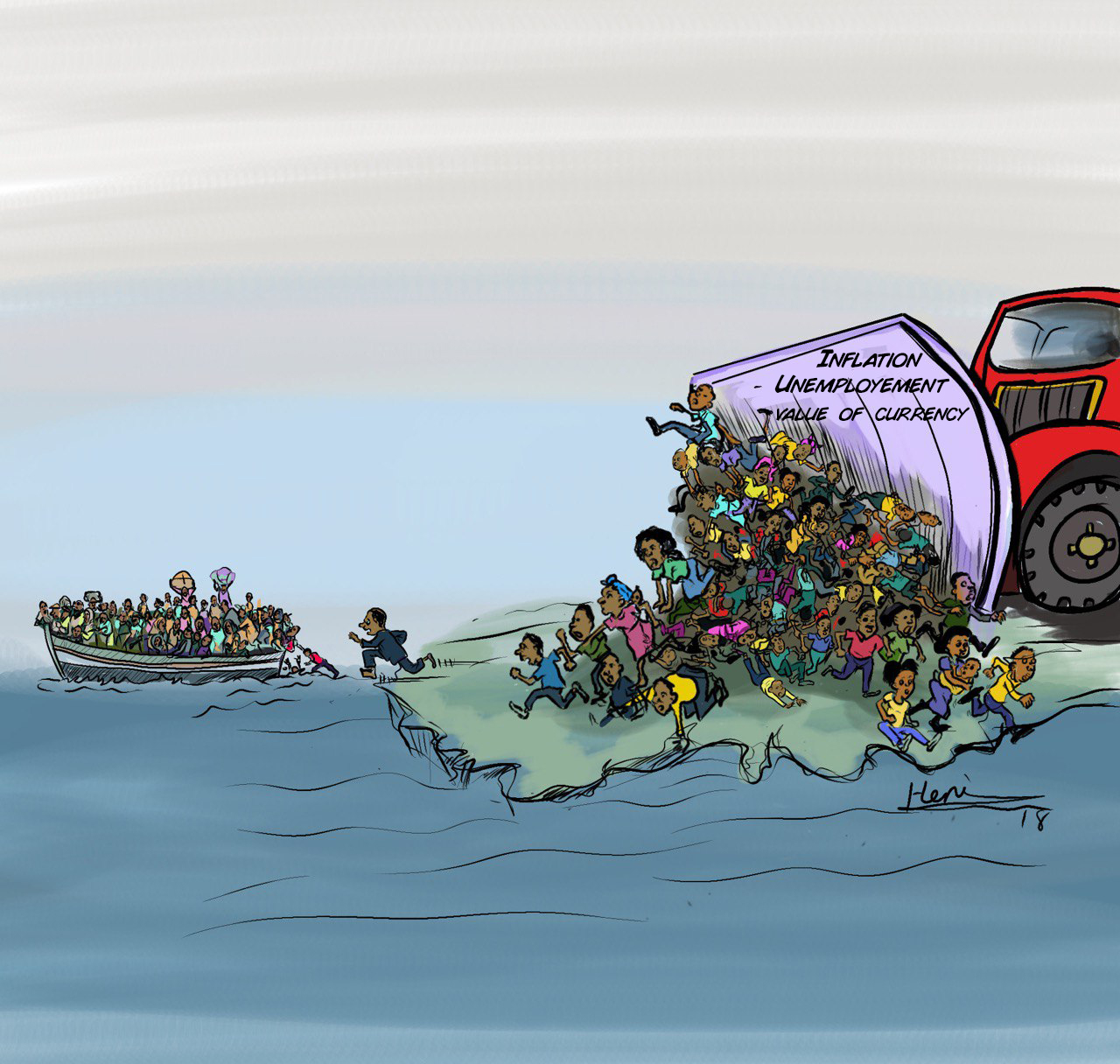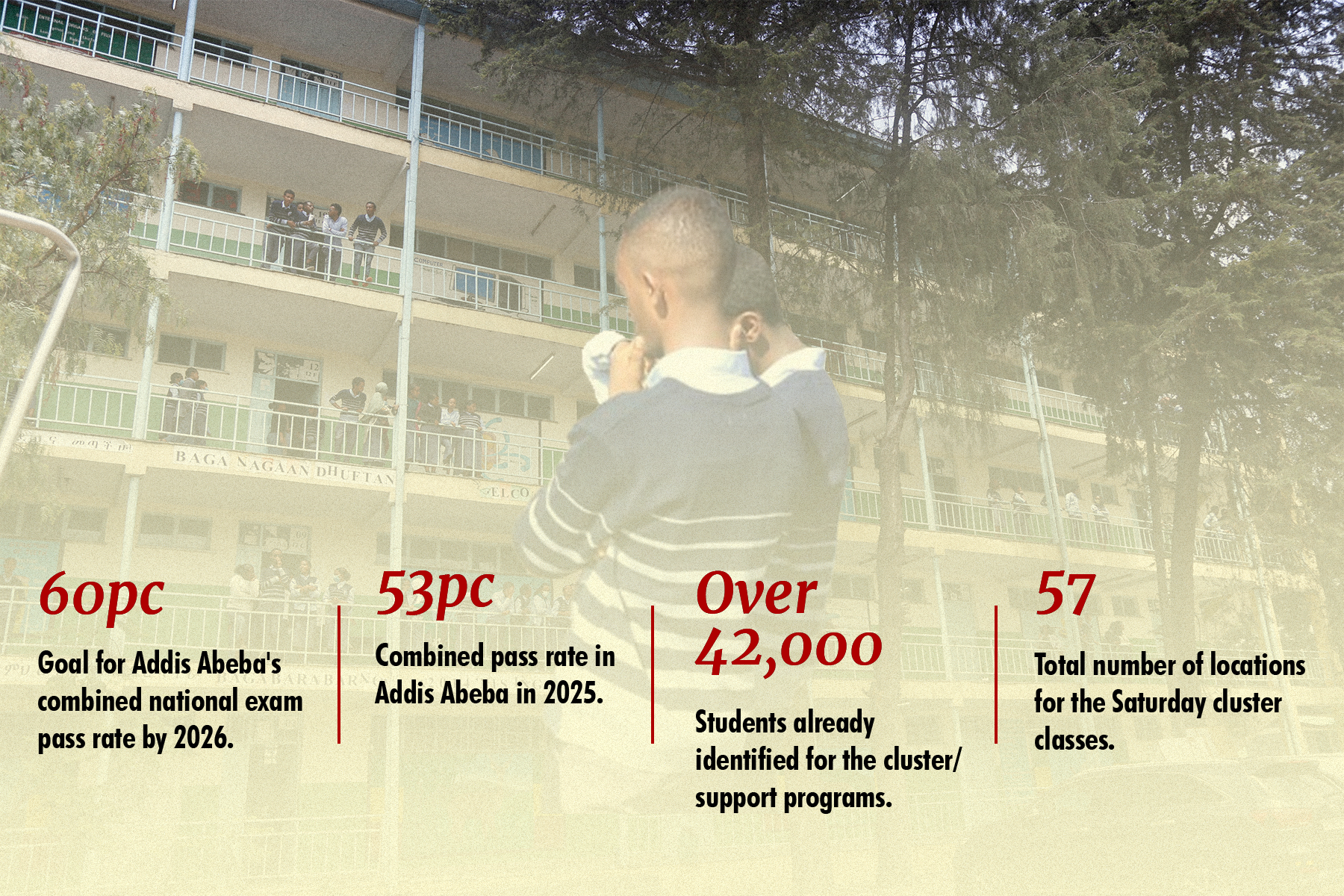
Viewpoints | Jun 22,2024
Feb 13 , 2021
By Dani Rodrik
Economic development relies on the creation of more productive jobs for an ever-rising share of the workforce. Traditionally, it was industrialisation that enabled poor countries to embark on this transformation. Factory work may not have been glorious, but it enabled farmers to become blue-collar workers, transforming the economy and society as a result.
Many low-income countries in Africa and elsewhere hope to travel a similar path in the future. While none necessarily expects success on the scale of China and the East Asian tigers before it, industrialisation and integration into global value chains are viewed as essential for achieving rapid economic growth – or restoring it after the COVID-19 pandemic – and creating a large number of jobs for Africa's young population.
Prior to the pandemic, African countries had already achieved some success in industrialisation. Ethiopia has established an export-oriented garment and footwear sector, with help from Chinese and European investors. Tanzania has built a more resource-intensive manufacturing sector focused on serving domestic and regional markets. Recent research suggests that the premature de-industrialisation to which the continent had been subject may have been halted or even reversed after the early 2000s.
There's a rub, however, in Africa's manufacturing renaissance. Even where industrialisation is putting down deeper roots, few good jobs have been created in the more modern, formal and productive manufacturing branches.
In fact, the number of formal jobs has been stagnant, with the bulk of the increase in manufacturing employment coming from small, informal enterprises. This experience stands in stark contrast with that of the rapid industrialisers of East Asia, such as Taiwan (during the 1960s and 1970s) or Vietnam (more recently), where the growth of manufacturing employment was concentrated in formal enterprises.
The paradox is deepened when we look behind the aggregate numbers. In new research, Margaret McMillan of Tufts University, Xinshen Diao and Mia Ellis of the International Food Policy Research Institute and I have found a striking dichotomy in the performance of large versus smaller firms. In both Ethiopia and Tanzania, larger firms exhibit superior productivity performance but do not expand employment much, while small firms absorb labour but do not experience much productivity growth. The result is that these economies create few good jobs, while the benefits of productivity enhancements remain limited to a very small segment of manufacturing.
Conventional explanations cannot account for this dichotomy. A poor business environment might explain low job creation but not the rapid productivity growth within the same firms. African wages are often thought to be high relative to productivity, but we find that payrolls' share in total value added is exceedingly low in both Tanzania and Ethiopia, suggesting that labour costs are unlikely to be a constraint. Moreover, low business dynamism is belied by the very high rates of entry and exit we observe in manufacturing.
One important feature of larger manufacturing firms that may help account for the paradox is that they are excessively capital-intensive. In low-income countries such as Ethiopia and Tanzania, workers are plentiful and capital (machinery and equipment) is scarce and hence expensive. Standard economic theory predicts that production in such circumstances would be tilted toward more labour-intensive techniques.
Yet we find large firms in the manufacturing sectors of Tanzania and Ethiopia to be significantly more capital-intensive than these countries' income levels or factor endowments would suggest. In fact, these firms are as capital-intensive as firms in the Czech Republic, even though the latter is roughly 10 times as capital-rich as Tanzania and Ethiopia.
It might seem irrational for businesses to use so much capital (along with complementary inputs such as skilled labour) in countries where the underlying comparative advantage is an abundance of less-skilled workers. But it is not clear they have much choice. Manufacturing technologies have become progressively more capital and skill-intensive over time, responding to the factor prices in the major advanced economies. Technologies from the 1950s or 1960s may have been more labour-intensive, but they will not help African firms compete in world markets today. Additionally, technologies used in global value chains appear to be particularly biased against unskilled labour.
This leaves African economies in a bind. Their manufacturing firms can either become more productive and competitive or they can generate more jobs. Doing both at the same time seems very difficult, if not impossible.
This dilemma is reminiscent of an old concern in the development literature on inappropriate technologies. Authors such as E.F. Schumacher worried in the 1970s that Western technologies favoured large-scale, capital-intensive plants ill-suited to conditions in low-income countries. Such worries were swept away by the phenomenal expansion of manufacturing employment in export-oriented industrialising countries in subsequent decades.
We may need to bring the idea back. Recent patterns of technological change in the advanced economies appear to have made it more difficult for low-income countries to develop and converge with income levels in the rest of the world. These changes have contributed to deepening economic and technological dualism even within the more advanced segments of developing countries' economies. This is yet another reason for a public debate on the direction of technological change and the tools that governments have to reorient it.
PUBLISHED ON
Feb 13,2021 [ VOL
21 , NO
1085]


Viewpoints | Jun 22,2024

Life Matters | Dec 31,2022

Radar | Apr 08,2024

Viewpoints | Jan 05,2019

Viewpoints | Mar 23,2024

Viewpoints | Jun 19,2021

Fortune News | Dec 03,2022

My Opinion | Mar 25,2023

Commentaries | Sep 08,2024

Commentaries | May 02,2024

Photo Gallery | 178272 Views | May 06,2019

Photo Gallery | 168477 Views | Apr 26,2019

Photo Gallery | 159259 Views | Oct 06,2021

My Opinion | 137059 Views | Aug 14,2021
Commentaries | Oct 25,2025

Dec 22 , 2024 . By TIZITA SHEWAFERAW
Charged with transforming colossal state-owned enterprises into modern and competitiv...

Aug 18 , 2024 . By AKSAH ITALO
Although predictable Yonas Zerihun's job in the ride-hailing service is not immune to...

Jul 28 , 2024 . By TIZITA SHEWAFERAW
Unhabitual, perhaps too many, Samuel Gebreyohannes, 38, used to occasionally enjoy a couple of beers at breakfast. However, he recently swit...

Jul 13 , 2024 . By AKSAH ITALO
Investors who rely on tractors, trucks, and field vehicles for commuting, transporting commodities, and f...

Oct 25 , 2025
The regulatory machinery is on overdrive. In only two years, no fewer than 35 new pro...

Oct 18 , 2025
The political establishment, notably the ruling party and its top brass, has become p...

Oct 11 , 2025
Ladislas Farago, a roving Associated Press (AP) correspondent, arrived in Ethiopia in...

Oct 4 , 2025
Eyob Tekalegn (PhD) had been in the Governor's chair for only weeks when, on Septembe...

Oct 25 , 2025 . By YITBAREK GETACHEW
Officials of the Addis Abeba's Education Bureau have embarked on an ambitious experim...

Oct 26 , 2025 . By YITBAREK GETACHEW
The federal government is making a landmark shift in its investment incentive regime...

Oct 29 , 2025 . By NAHOM AYELE
The National Bank of Ethiopia (NBE) is preparing to issue a directive that will funda...

Oct 26 , 2025 . By SURAFEL MULUGETA
A community of booksellers shadowing the Ethiopian National Theatre has been jolted b...